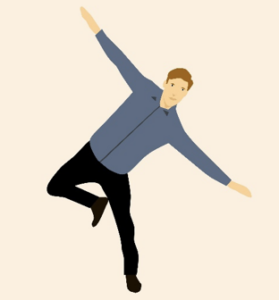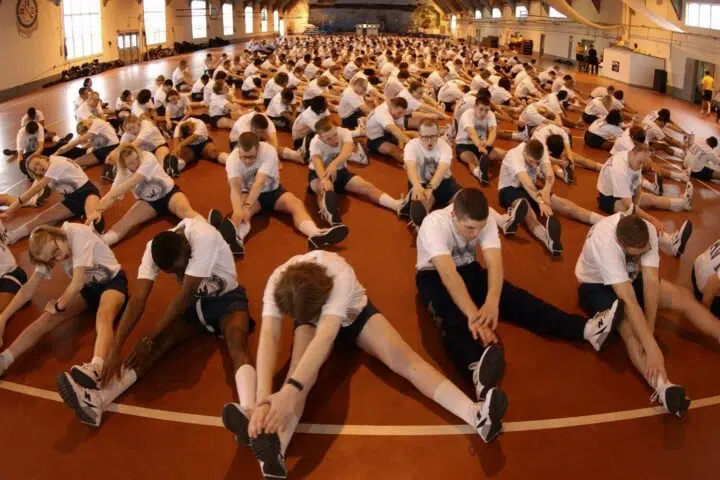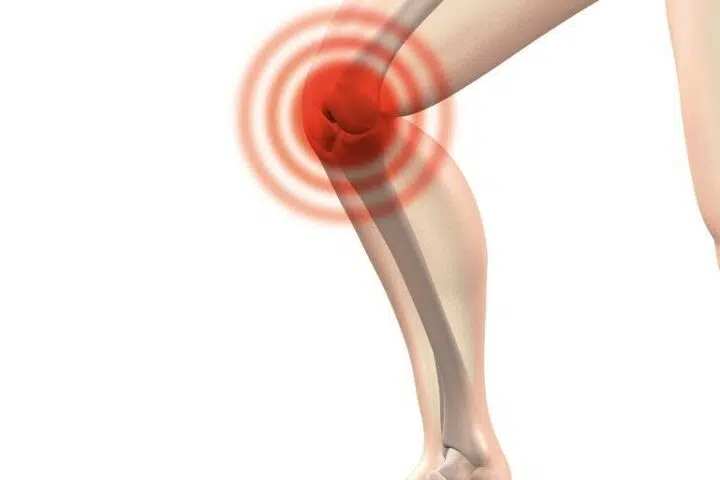Have you twisted your ankle multiple times or feel unsteady on your feet? A simple exercise should help.
Standing on one leg for 5 minutes daily for three months should help increase your ankle balance and stability.
What is going on?
Lateral ankle sprains are common injuries where your foot rolls to the outside edge and damages the ligaments that hold your ankle together. The inside ligament (Deltoid ligament) is much thicker and stronger and less likely to be injured. Any time there is injury to a joint you are more likely to injure that joint again in the future. This is because after an injury you will experience a decrease in proprioception. This hard to pronounce word describes your ability to know where your joint is placed through space and time at the joint level. If you stumble on a curb or step in a hole there is not enough time to send a signal from your brain to your foot to tell it which muscles should fire and how strong should they react. Your joint needs to be trained to react instantly to any input and correct your position.
How do I test if my ankle is stable?
 To test if you are stable try standing barefoot in a corner on one foot. You are in a corner so that if you fall you can catch yourself without injury. The raised foot is not touching the other leg. Close your eyes and have someone measure how long you can make it before needing a major correction. Small adjustments are normal. Big sudden moves, or having to hold on, or put your foot down stops the timer. A good goal is 30 seconds.
To test if you are stable try standing barefoot in a corner on one foot. You are in a corner so that if you fall you can catch yourself without injury. The raised foot is not touching the other leg. Close your eyes and have someone measure how long you can make it before needing a major correction. Small adjustments are normal. Big sudden moves, or having to hold on, or put your foot down stops the timer. A good goal is 30 seconds.
** If you are not stable, there is no reason to test. We do not want you to fall. **
Why is this important?
- Ability to stand on one leg for 10 seconds is associated with risk of dying. You are less likely to die if you can stand on one foot for at least 10 seconds.
- At a 7 year follow up after an ankle sprain, 32% still reported ankle pain in one study. These injuries tend to linger and recur.
- My favorite study on this topic showed a 77% reduction in non-contact ankle sprains in an injured population after practicing this exercise – 5 minutes of single leg stance.
 This activity will increase your proprioception and make it so the response to stimulus occurs at the joint level. The efficiency and strength of your muscles will improve over time.
This activity will increase your proprioception and make it so the response to stimulus occurs at the joint level. The efficiency and strength of your muscles will improve over time.
How do I do it?
Start by standing in a corner, a doorway or between two solid object that will not fall over if you need to grab on. EYES OPEN. Eyes closed was a test, the exercise is with eyes open. Five minutes eyes closed is REALLY hard to do. Feet should be bare; you need to feel the ground. Start a countdown timer and try not to look at it. Do not touch one leg to the other. Do not swing leg, like a bicycle steady motion can increase stability. If needed you could hold on with two hands. But progressively make it harder, use 1 hand, 2 fingers, 1 finger, periodic tap, etc. This will be uncomfortable; it is hard work. Think of it as a standing plank, this is a whole-body exercise.
• Goal is 5 minutes without needing to correct or assist.
Precautions:
This is not a good exercise for acute injuries. Certainly, if your ankle is broken this would be a bad idea. This article is intended for people who have been cleared of fracture and are having persistent instability or have a history of multiple ankle injuries.
Do I need an Xray of my ankle?
An astute clinician will be aware of the Ottawa rules for ankle fracture. This exam procedure can detect a broken bone with 99.99% sensitivity. If the test is positive you will be referred for imaging to see if there is a broken bone.
We can help accelerate the healing process and teach you how to break the cycle of pain returning with use. Contact our Chiropractic offices at 703.576.5416 or www.mybwdoc.com





